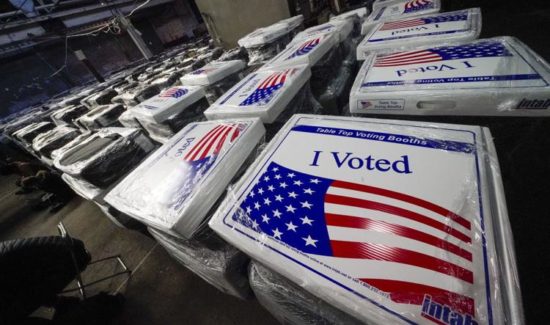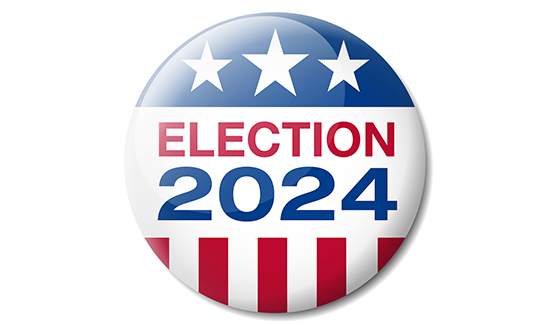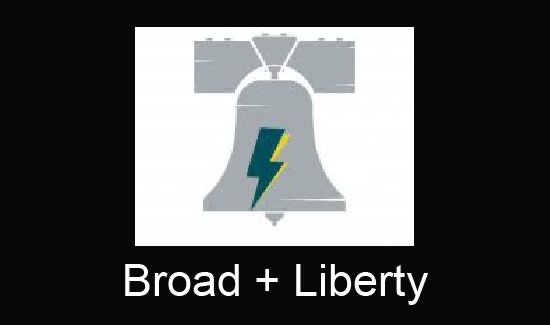PA #1 in Teacher Strikes
We have pointed on many occasions how Pennsylvania is one of a handful of states that give teachers the right to strike if collective bargaining does not produce a contract. Teacher strikes are often high profile and garner a lot of media attention.
We have also documented how Pennsylvania has led its cohort of thirteen states in strikes for several years now. So how did the 2009-10 school year that wrapped up in June look? According to data from the Pennsylvania School Boards Association (PSBA) there were a total of six strikes in the Commonwealth—South Butler (Butler), Saucon Valley (Northhampton), Lackawanna Career and Tech (Lackawanna), Penn Hills (Allegheny), McGuffey (Washington), and North Penn (Montgomery). Over 25,000 students were affected by these walkouts.
It was the lowest strike count since the 1995-96 school year when there were five strikes. Defenders of the status quo will be quick to point out that the low count is a positive effect of the reforms contained in Act 88 that came in the early 1990s. But they cannot deny that the state is still the perennial leader among the small group of states that allow strikes.
Our prior work has shown that even though there are thirteen states altogether that permit teacher strikes they are very infrequent in states other than Pennsylvania, Ohio, and Illinois. Note that both Ohio and Illinois have more school districts than Pennsylvania’s 500: 612 and 893 respectively, thus more opportunity for work stoppages. So how did those states fare in the 09-10 school year? According to data from the labor board in each state, Ohio had none and Illinois had 4
Teacher Strikes, 2009-10
State Pennsylvania Ohio Illinois
# Strikes 6 0 4
# School Districts 500 612 893
Pennsylvania topped the neighboring states, and that’s not surprising at all given the longer term trend. Pennsylvania led both states in the 2000-08 time frame with 86 strikes to Ohio’s 18 and Illinois’ 69. The two other states combined for just one more strike than PA even though they have three times the number of districts combined.
What an unfortunate claim to fame for the state. But despite the fact that Pennsylvania is in a small group that even permits such strikes and it has deemed it illegal for certain types of employees to strike (police, fire, prison guards, and employees needed to operate the courts) outlawing teacher strikes rarely moves beyond the trial balloon stage. Goes to show the power teacher unions hold. Moreover, average teacher pay in Pennsylvania is higher than the national average ($56k to $53k and in many districts the pay is much higher than the PA average) and hourly teacher pay is higher than the typical hourly earnings of white-collar professionals, a direct result of the power they wield in the political arena.
So what does the 2010-11 school year that is right around the corner have in store for students and parents? As of late July the PSBA notes that 127 school districts are negotiating contracts, and it likely won’t be too long before word comes that one or more of those districts will experience a walkout. And taxpayers will certainly be treated to another round of self-serving and demonstrably false pronouncements about how teachers are underpaid and deserve more.
________________________________________
EricMontarti, Senior Policy Analyst
________________________________________
For updates and commentary on daily issues please visit our blog at alleghenyinstitute.org/blog.
If you have enjoyed reading this Policy Brief and would like to send it to a friend, please feel free to forward it to them.
For more information on this and other topics, please visit our web site: alleghenyinstitute.org
If you wish to support our efforts please consider becoming a donor to the Allegheny Institute. The Allegheny Institute is a 501(c)(3) non-profit organization and all contributions are tax deductible. Please mail your contribution to:
The Allegheny Institute
305 Mt. Lebanon Boulevard
Suite 208
Pittsburgh, PA 15234





